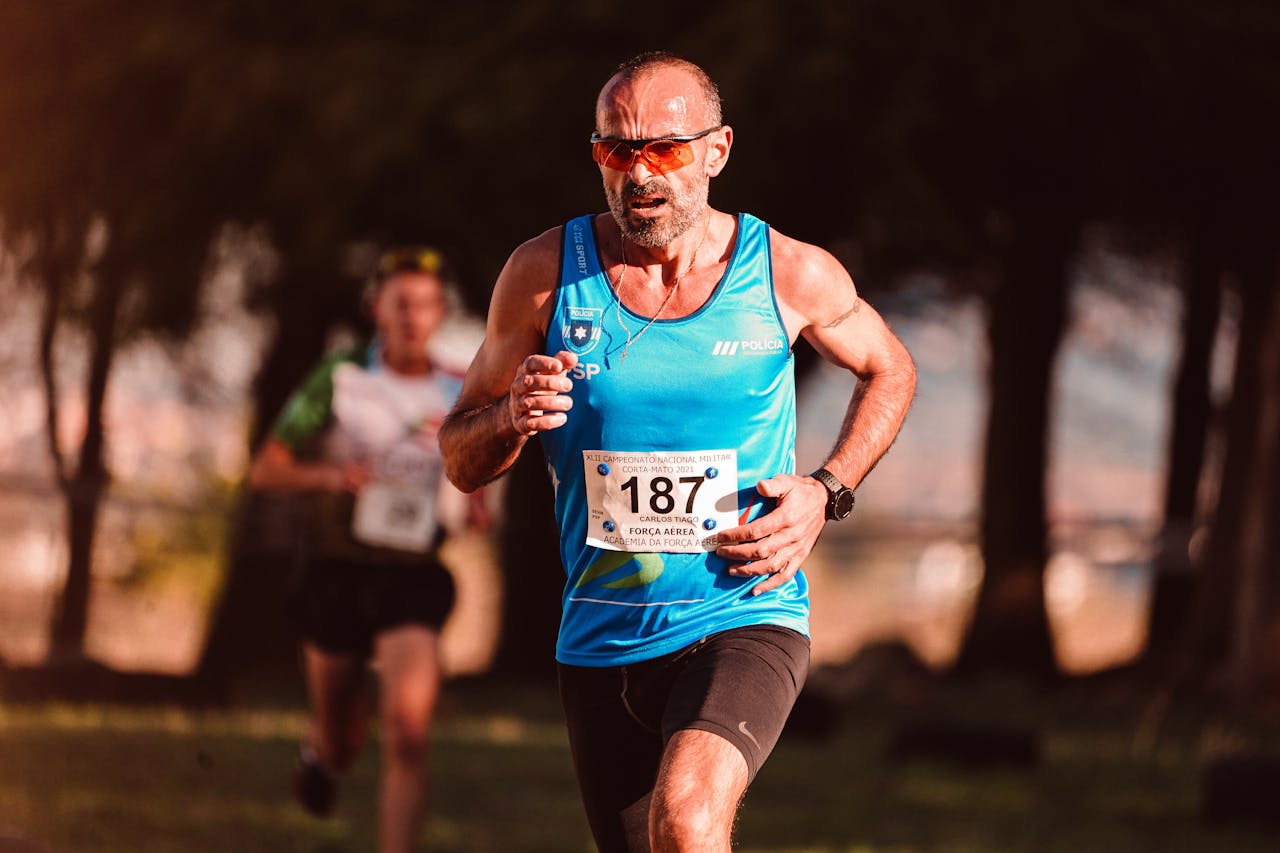Do you need to cool down after a run? Science shows it may not be as essential as you think, but it still has benefits. Learn what works, what doesn’t, and how to optimize your post-run recovery.
Runners often hear that they should cool down after a run, especially after a tough workout like intervals or tempo runs.
But why? Does a cool down actually aid recovery, or is it just another running myth?
Let’s break down what a cool down does (and doesn’t) do, and how to decide if it’s necessary for your training.
Why Is Cooling Down Important?
The main purpose of a cool down is to help the body transition from exercise to rest. It gradually lowers your heart rate, improves circulation, and signals to your nervous system that the hard effort is over.
A cool down is most useful after intense workouts or long runs because:
- It reduces lightheadedness by preventing blood from pooling in your legs.
- It helps return heart rate and breathing to normal levels gradually.
- It adds extra easy mileage without increasing intensity, which can benefit endurance training.
However, it does not:
- Prevent soreness (muscle damage occurs regardless).
- Reduce injury risk (recovery strategies like sleep, nutrition, and proper training load matter more).
- Improve your next workout (your body still needs full recovery time).
The exception: If you’re doing another workout within a four-hour window, such as a strength session after a run, a cool down may improve performance in the second session (Sports Medicine, 2018).
Do You Really Need a Cool Down Jog?
The short answer: "No, but also yes."
You can stop running immediately after a hard effort—your body will clear metabolic waste on its own. But that sudden stop won’t feel good.
Stopping too quickly can cause:
- Dizziness or nausea due to sudden changes in blood flow.
- Increased stress levels because your nervous system stays in "fight or flight" mode.
- Discomfort or cramps from abruptly ending intense movement.
A slow jog or walk after a workout allows your body to gradually return to normal, making you feel better physically and mentally.
Does Cooling Down Prevent Injuries?
The science says no. Research found no strong evidence that a cool down reduces injury risk or speeds up muscle recovery.
What does help prevent injuries?
- Proper training load management (not overtraining)
- Enough sleep and recovery time
- Good nutrition and hydration
- Strength training and mobility work
That doesn’t mean a cool down is useless, it just shouldn’t replace other, more important recovery strategies.
How to Cool Down Properly After a Run
A good cool down doesn’t have to be long. Even 5-10 minutes of light jogging or walking can help.
Best practices for an effective cool down:
- Jog or walk for 5-15 minutes at an easy pace.
- Don’t focus on pace, it should be barely faster than a shuffle.
- Listen to your body, if you feel fatigued, stop early and walk instead.
If you finish a hard session and feel like you’re just shuffling with poor form, cut it short. A cool down should make you feel better, not worse.
What NOT to Do After a Run
1. Skip a cool down and immediately sit down at your desk since this keeps stress hormones elevated and can increase stiffness.
2. Jump straight into a high-stress task, your body needs time to shift out of workout mode.
3. Do high-intensity activity too soon remember to give your body time to recover before diving into another tough workout.
Other Effective Post-Run Cool Down Strategies
1. Relax and Mentally Reset
- Grab a drink and a snack.
- Put on relaxing music.
- Lay down with legs up against the wall to promote circulation.
Why it works: It helps your body switch from stress mode (catabolic state) to recovery mode (anabolic state).
2. Walk Outdoors
- A 5-10 minute easy walk after your run can:
- Lower heart rate gradually
- Reduce post-run nausea
- Encourage mental relaxation - Walking in nature has been shown to reduce cortisol (stress hormone) levels, making it a great way to transition post-run.
3. Try Mobility and Stretching
While static stretching doesn’t prevent injuries, mobility exercises can help if you feel tight. Try:
- Downward dog with foot pedals (for tight calves)
- T-spine rotations (for upper back mobility)
- Hip mobility drills (for tight hips)
(For more mobility exercises, check out this guide.)
4. Foam Rolling
Foam rolling doesn’t speed up recovery, but it reduces the perception of soreness and helps muscles relax.
The best part? You don’t have to do it immediately after running, even rolling a few hours later is beneficial.
How to Cool Down After a Race
Cooling down after a race is different from a workout.
After an all-out effort, don’t force extra miles, instead, walk around for a few minutes, drink water, and let your body recover naturally.
The only exception? If a race is part of a long run (such as a marathon-paced effort in a buildup), you may need to continue running post-race to hit training goals.
Final Thoughts: Should You Cool Down?
Cooling down isn’t mandatory, but it can help with circulation, prevent dizziness, and promote relaxation.
Key takeaways:
- A short cool down (5-10 minutes) can help you feel better.
- It does NOT prevent soreness, injuries, or significantly improve next-day performance.
- Walking or light movement is just as effective as jogging.
- Post-run relaxation (hydration, mobility work, and foam rolling) matters more for recovery.
Cooling down is a personal choice. If it helps you feel better, do it! If not, focus on other recovery strategies instead!
Happy running!

.webp)
.webp)
.webp)
.webp)
.webp)
